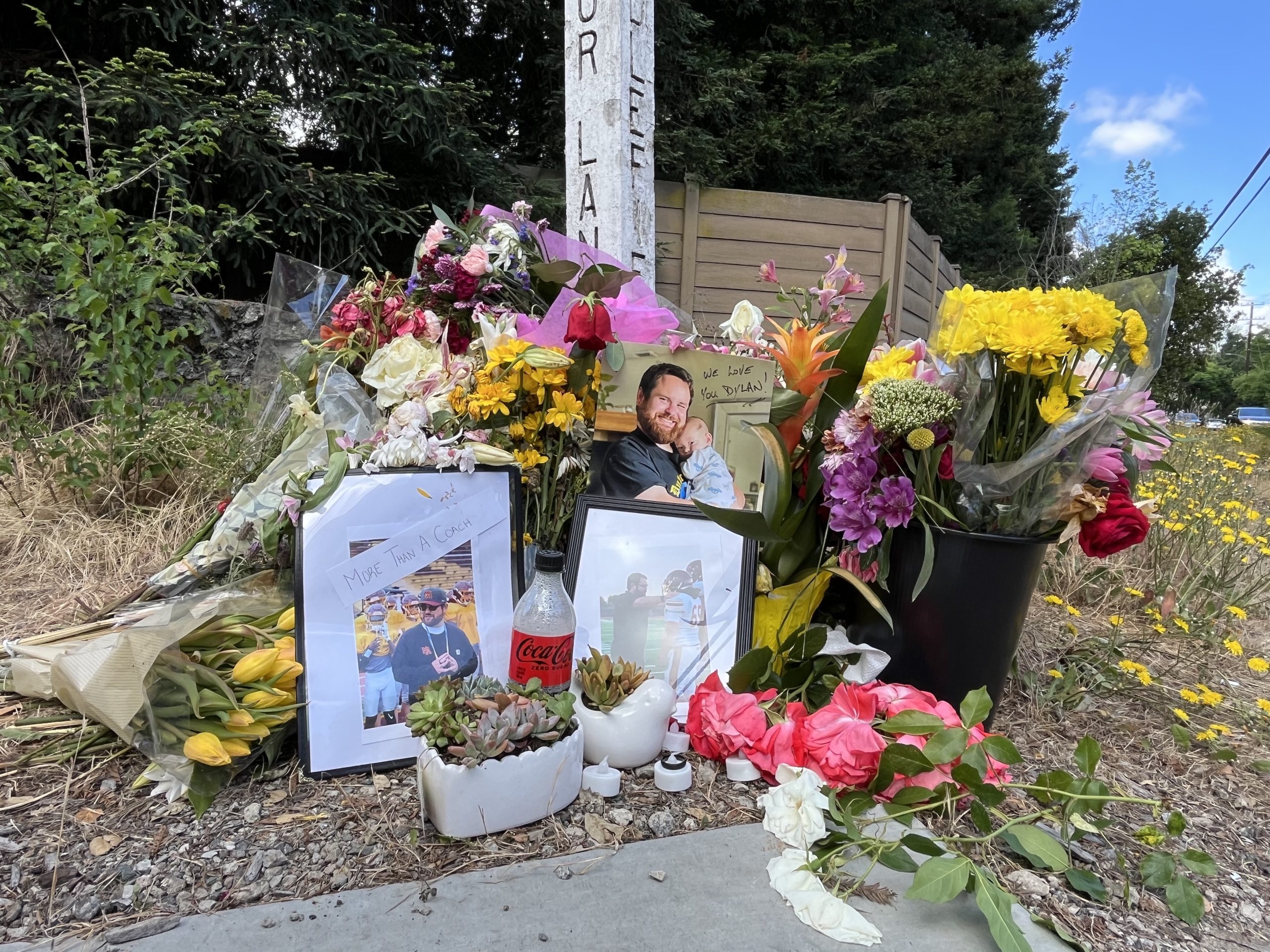For more than a century, Las Vegas has been synonymous with gambling. But amid a growing population and rapid legalisation of gambling across the US, one of the ways Vegas is adapting is by transforming itself into a sports powerhouse.
This comes at a time when gambling’s share of US tourism revenue is dwindling, despite growing on a top-line basis. Among casinos in Clark County (home to the Vegas metro area) that grossed at least $1m in gaming revenue in fiscal year 2024, gaming accounted for a 34.2% share of total revenue versus 61.5% in 1990. Room revenue increased its share the most during this time, along with increases in areas like food and beverage sales. Data from the Las Vegas Convention and Visitors Authority (LVCVA) also suggest growing spending on sports and other entertainment.
“It’s not lost upon us that Vegas is slowly but surely attracting many more dollars of non-gaming as it is gaming,” says Soo Kim, chairman of entertainment company Bally’s Corporation.
A new type of Vegas resort
Amid this spending shift, Bally’s is currently planning a new development that will replace the now-demolished Tropicana casino, with sports at the centre.
Along with its landlord Gaming and Leisure Properties, Bally’s assigned nine of the 35 acres on-site to the Athletics, a Major League Baseball team in the process of moving to Vegas.
When we pencilled out what I would call a traditional casino resort, we couldn’t make the numbers work
Soo Kim, chairman of Bally’s Corporation
As part of the move, the A’s — as they are known — are building a state-of-the-art $1.75bn ballpark. Surrounding it, Bally’s will build a new resort, potentially in three phases, with up to 3000 rooms. However, this development will likely differ from what is typical in Vegas, according to Mr Kim.
“When we pencilled out what I would call a traditional casino resort, sort of on the pathway of Resorts World or Fontainebleau, we couldn’t make the numbers work,” he explained.
In determining what to build, Mr Kim notes that Bally’s has observed a trend of stadiums and arenas around the country integrating retail entertainment districts — for example, The Battery Atlanta next to the Braves’ baseball stadium — with the games driving traffic. Bally’s is leaning into that model, says Mr Kim.
“There will still be hotel rooms, there will still be a casino, there will still be an events space. But the emphasis is actually on the retail entertainment district rather than a straight casino,” he explains.
In addition to other sports venues providing a blueprint, Mr Kim points to a new retail and dining development nearby on the Strip called BLVD.
“BLVD is very inspirational in just the basic concept that there you have a Stripfront property that is generating economic return for its investors and owners without a casino,” says Mr Kim.
Boosting tourism and the overall economy
The A’s and Bally’s developments are only part of the growing sports scene in Vegas. Some sports, such as boxing and Nascar, have a more established history in Vegas, but none of the four major US professional sports leagues did until the Golden Knights, a National Hockey League expansion team, took the ice in 2017.
The following year, a Women’s National Basketball Association franchise relocated to become the Las Vegas Aces. The National Football League (NFL) then made its mark when the Raiders moved to Vegas in 2020, although that first season was played without fans in attendance, due to the Covid-19 pandemic.
For fiscal year 2022, sporting events generated more than $1.8bn in direct output in the Vegas area from out-of-town visitors, according to University of Nevada, Las Vegas (UNLV) estimates. While earlier data like this is limited, LVCVA surveys find that among those spending on sporting events in Vegas, the average amount spent jumped from $129.16 in 2019 to $357.06 in 2024.
Granted, the proportion of Vegas visitors coming primarily for sporting events has been low; just 2% said that was the main purpose of their trip in 2024.
Going forward, Vegas may need to rely on sports even more, considering the potential for a tourism slump
Still, several signs point to sports being additive to the economy. For example, Vegas got a boost from hosting the Super Bowl in February 2024, as suggested by the February 2025 12% year-over-year drop in visitors and a 25% decrease in the average room rate.
Going forward, Vegas may need to rely on sports even more, considering the potential for a tourism slump.
Although 2024 visitor numbers nearly hit pre-pandemic levels, issues such as tariffs, stock market volatility and the federal government’s posturing towards non-US citizens might be contributing to a travel slowdown, both domestically and internationally. For the 12 months to June 2026, LVCVA projects a 5% decrease in room tax revenue.
So, current and future sports teams could help drive the local economy.
Influencers’ darling
In addition to the direct spending impact, there is a marketing impact and other indirect benefits from professional sports, says Steve Hill, chairman of the Las Vegas Stadium Authority and president/CEO of the LVCVA.
For one, building the Allegiant Stadium for the Raiders has enabled Vegas to host bigger and different types of events than it has in the past, says Mr Hill.
There are also some natural partnerships, such as with the LVCVA sponsoring the Aces’ players to essentially act as social media influencers promoting Vegas, explains Mr Hill. This deal comes at a time when women’s basketball is exploding in popularity, to the point where the Aces are considering upsizing their arena, he says.
Hylo Park will include indoor and outdoor sports facilities, along with an on-site hotel and several other amenities
Outside of the professional leagues, a new sports-centred project called Hylo Park is under way in North Las Vegas. There, California-based Agora Realty & Management is investing approximately $380m to turn two former casinos that closed during the pandemic into a new community that will include an Olympic village of sorts to host events such as youth sports tournaments. The site already includes an ice rink left from one of the former casinos, where the Golden Knights now manage a variety of youth and amateur programmes.
With an expected completion by the first quarter of 2027, Hylo Park will include other indoor and outdoor sports facilities, along with an on-site hotel, and several other amenities such as a grocery store and restaurants that will also serve an adjacent residential development from Lennar Homes of 393 new single-family homes.
“It’s going to be very unique and all-encompassing,” says Terri Sheridan, director of economic development for the City of North Las Vegas.
The city projects that Hylo Park will add around 1200 new jobs. “Being able to bring jobs back to the area is great news, along with the overall investment in an area that had sat vacant for several years,” says Ms Sheridan.
Beyond events, sports can support complementary industries. For example, Hylo Park will include a youth sports academy that includes training and physical therapy services.
In addition to health-related areas, sports can also support sectors like media and gaming, adds Mr Hill.
Although gaming’s share of the economy might be lower, there’s a natural synergy with sports that can help Vegas grow. For example, DraftKings opened a 90,000-square-foot, tech-focused office in Vegas for more than 1000 employees in 2023.
Plus, pro sports can provide a powerful signal to other companies to come to Vegas, such as for tradeshows, explains Mr Hill.
When a league like the NFL “says we’re going to be a part of your community, it makes a statement to people, even those who are not NFL fans, that Vegas is mature, Vegas is a professional city, it’s a global city,” he says.
Jake Safane is a freelance contributor based in the US
Do you want more FDI stories delivered directly to your inbox? Subscribe to our newsletters.

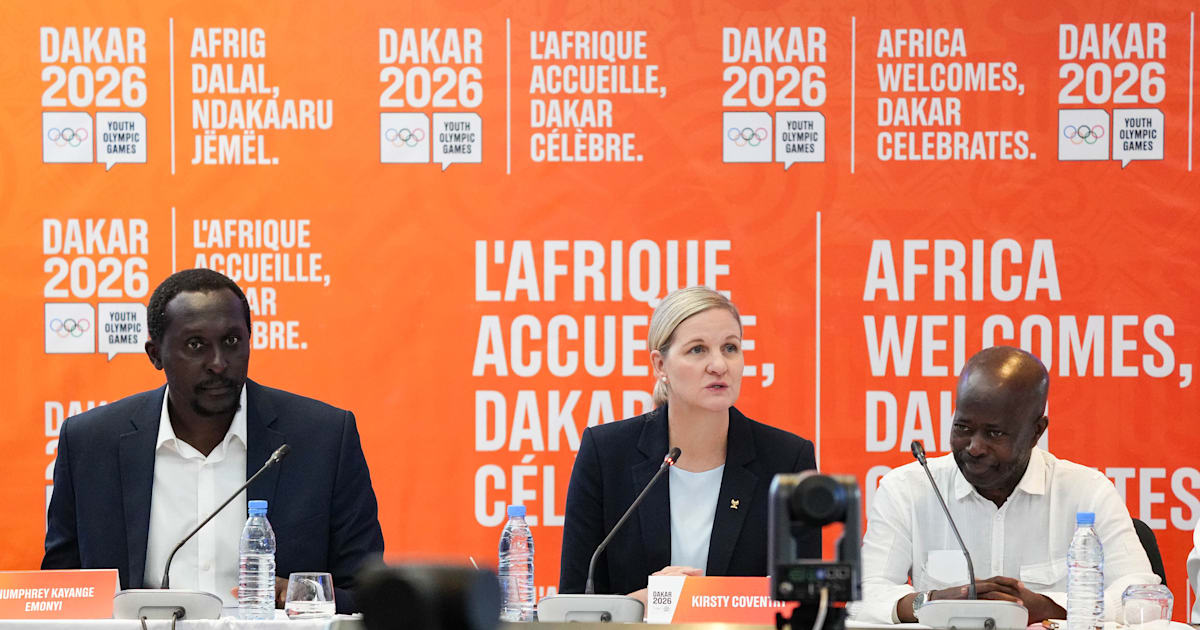

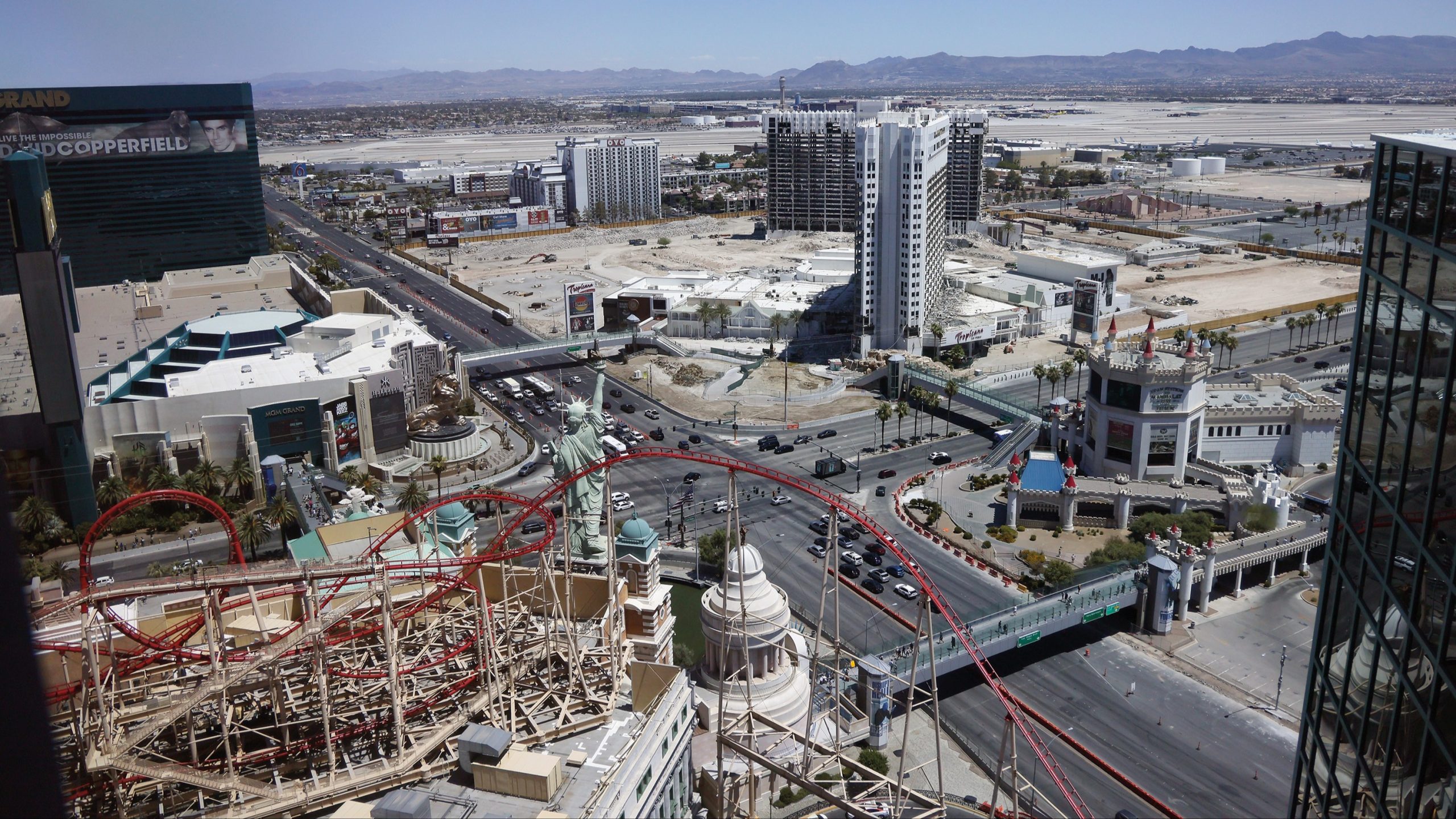

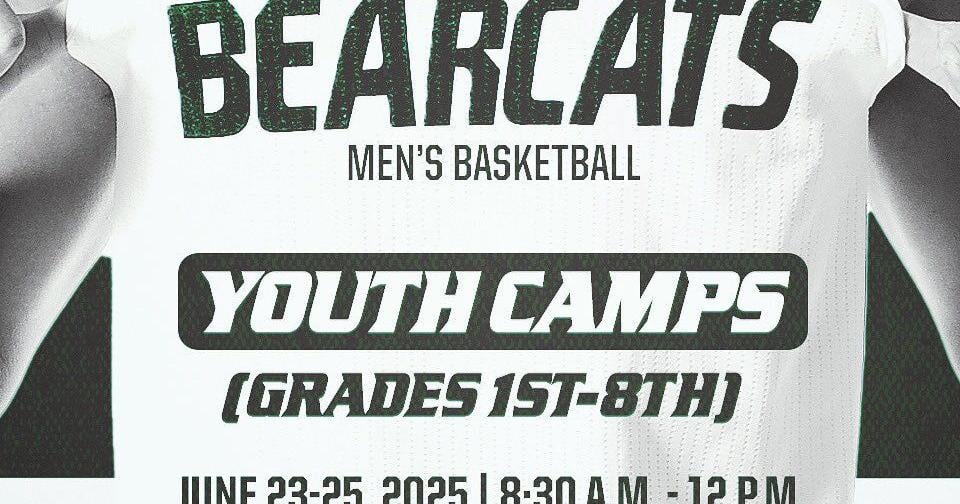

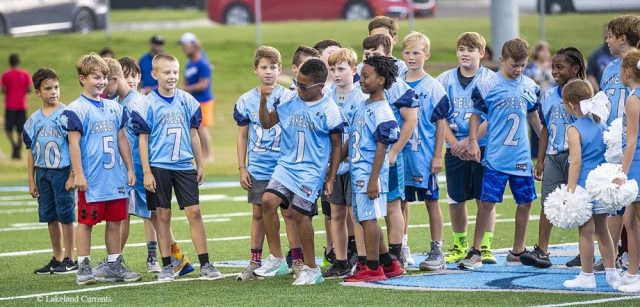

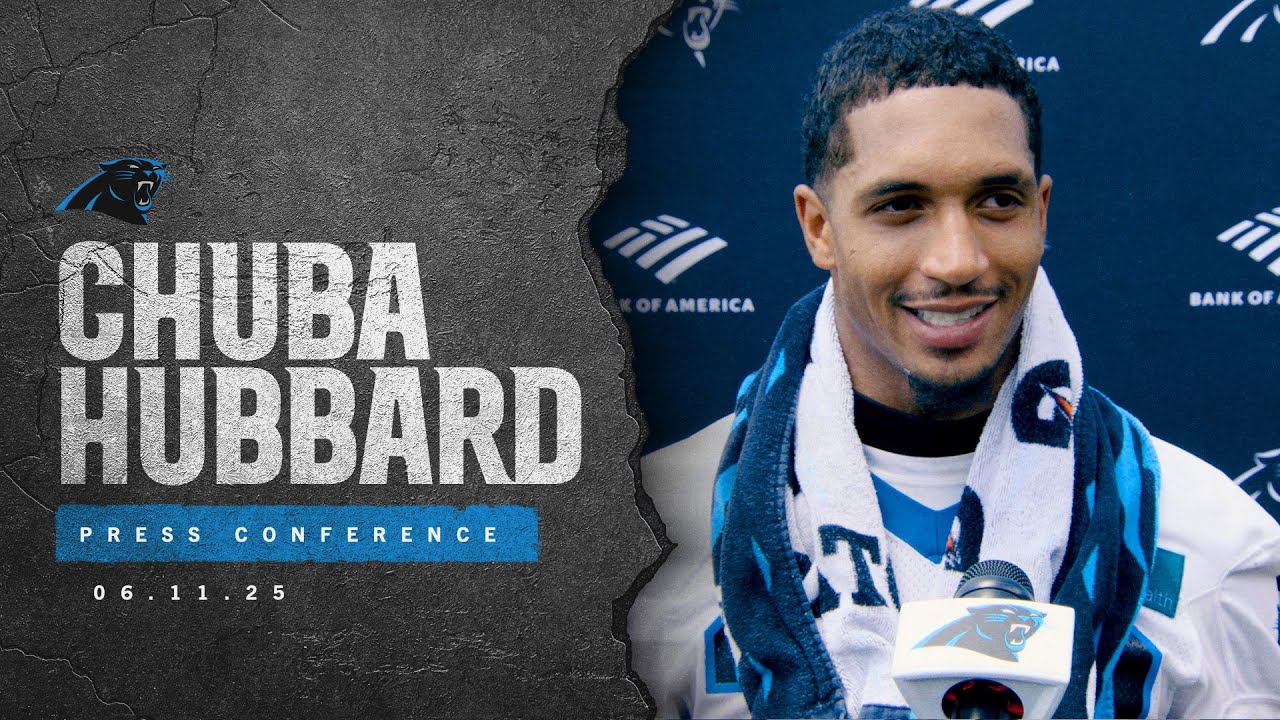
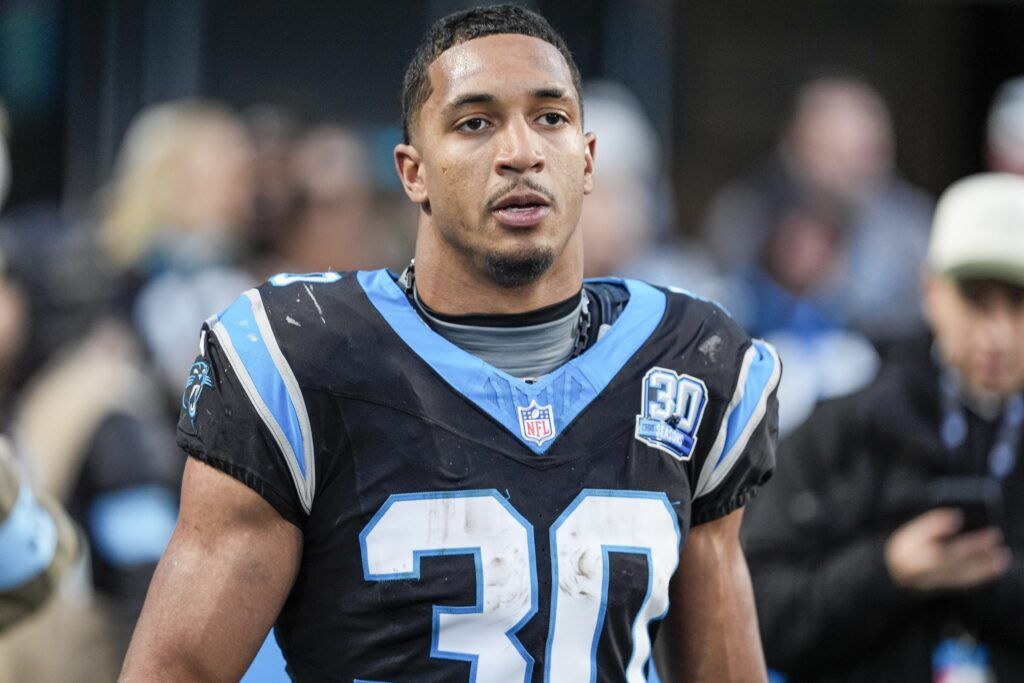
 :
:  :
: .jpg)
